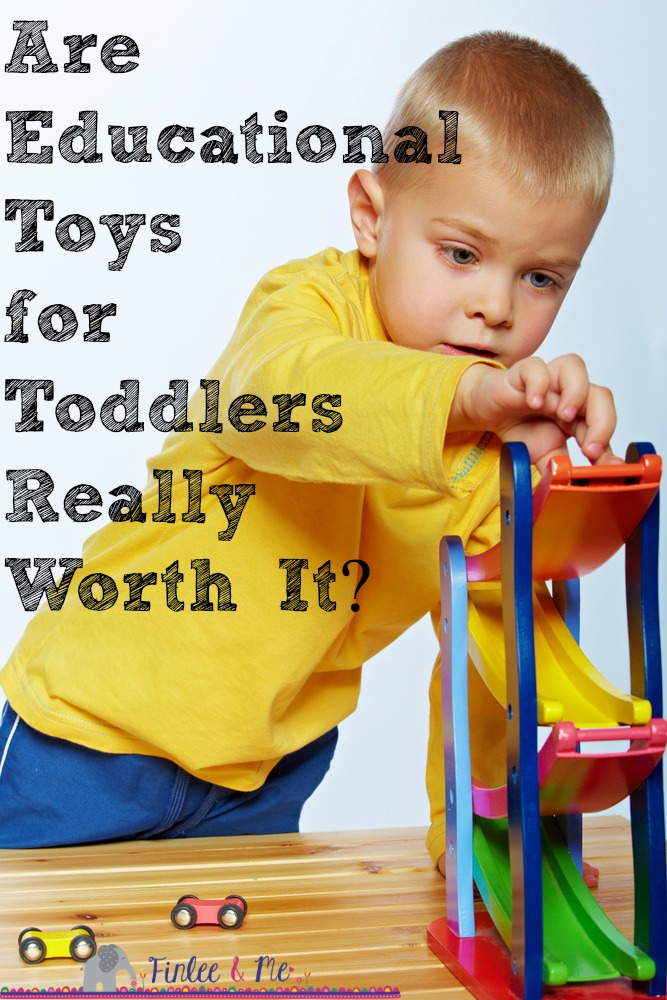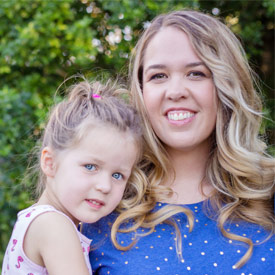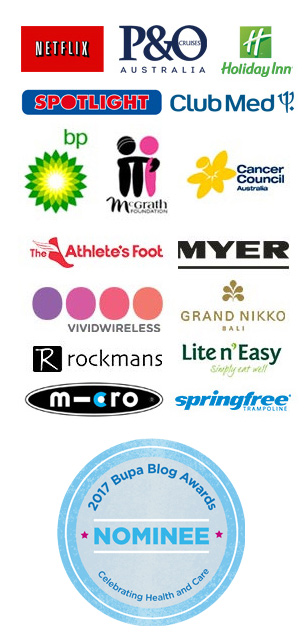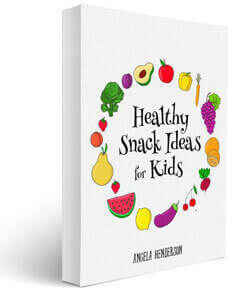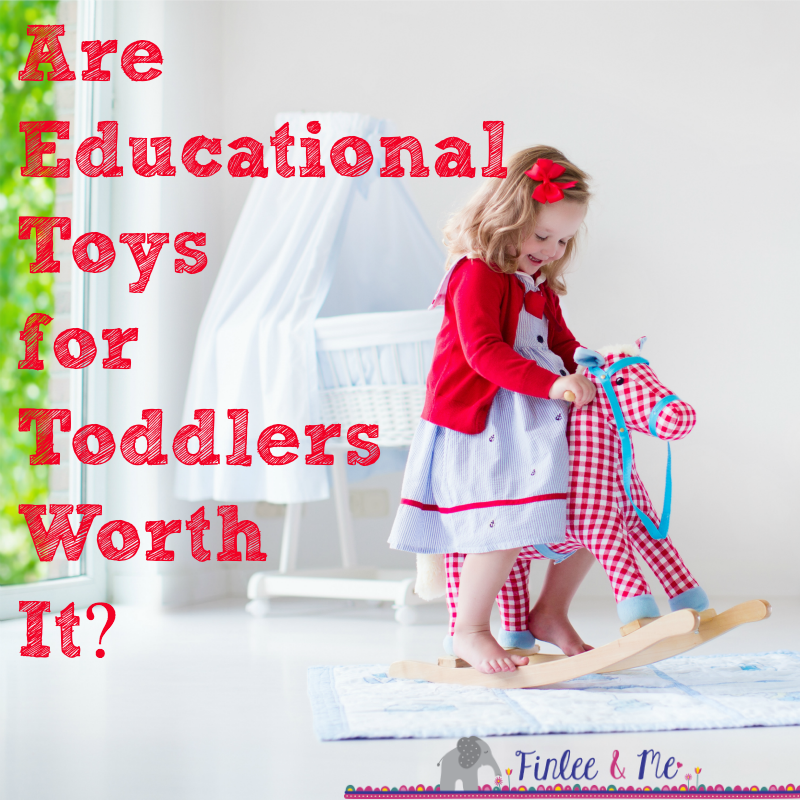
Educational toys for toddlers are all the rage these days.
From new mums buying up the latest, newest arrivals on the block to doting grandparents picking up whatever is the fanciest toy so long as it says it’ll teach a toddler something, I see it everywhere.
As mum to two kids who were toddlers once and as the owner of Australia’s leading educational toys store, I’ve got some thoughts on this trend that’s most definitely here to stay.
So, Do Educational Toys Work?
Short answer: yes.
They do. Because when your toddler is putting a puzzle together, he’s not just playing with the puzzle. He’s learning how to solve problems, improve his eye-hand coordination and boosting his creativity.
When your 2-year old little girl plays dress up and becomes a unicorn, she’s giving her creativity a boost and learning to express herself.
Educational toys are educational when they help create, express, build, solve, learn. All the while, playing and having fun.
Do All Toys That Say They’re Educational Help With Learning?
Sadly no. Sometimes a toy that seems educational to us, adults, has little to no benefit for the child.
Research by the NAEYC or National Association for the Education of Young Children has shown that “The most important finding emerging from our studies is that different toys impact children’s behavior in different ways. Some toys have a powerful influence on children’s thinking, interaction with peers, and creative expression. Other toys do not. Some of the toys that look most interesting to adults are not particularly effective in promoting development.”
In fact, a study shared in JAMA Pediatrics “found some toys being marketed as language promoters got in the way of learning.” Talking toys, in particular, can hamper language development as compared to good, old-fashioned toys that facilitate conversation and connection between parents and kids.
Both Anna V. Sosa, the associate professor at Northern Arizona University, who conducted the experiment to see the connection between talking toys and the quantity and quality of parent-child communications and Jeffrey Trawick-Smith Professor of Early Childhood Education at the Center for Early Childhood Education at Eastern Connecticut State University in Willimantic, Connecticut who spoke to the NAEYC emphasis ONE simple point “Basic is better.”
How Do You Know if Educational Toys are Really Educational
One of the reasons we share information about our toys by talking about how they help make learning fun is so that you can see exactly how your kids will be benefiting from it, while they play.
Invest in toys that are built to last and remind you of the good, old-fashioned toys of your childhood as well. You learnt with building blocks, shape sorters, puzzles, mazes, colouring books and crayons. Your kids can too.
Plus most importantly, with educational toys for toddlers, invest in toys that encourage verbal connection and expression instead of doing the job for them.
Toys that prompt questions, discoveries, story-telling or encourage problem solving skills are the ones that toddlers will benefit from as they’re developing their language skills, logical and reasoning powers and get more exploratory of their environment at that stage.
This toy-selection guide by the NAEYC is a great reference point for parents.
Good toys for 2-year-olds:
Things for solving problems—wood puzzles (with 4 to 12 pieces), blocks that snap together, objects to sort (by size, shape, color, smell), and things with hooks, buttons, buckles, and snaps
Things for pretending and building—blocks, smaller (and sturdy) transportation toys, construction sets, child-sized furniture (kitchen sets, chairs, play food), dress-up clothes, dolls with accessories, puppets, and sand and water play toys
Things to create with—large non-toxic, washable crayons and markers, large paintbrushes and fingerpaint, large paper for drawing and painting, colored construction paper, toddler-sized scissors with blunt tips, chalkboard and large chalk, and rhythm instruments
Picture books with more details than books for younger children
Things for using their large and small muscles—large and small balls for kicking and throwing, ride-on equipment (but probably not tricycles until children are 3), tunnels, low climbers with soft material underneath, and pounding and hammering toys
As I read this list, I smiled to myself because it included every single thing that you’ll find at Finlee and Me.
Yes, there is a reason why we’re one of the best educational toy stores in Australia. We literally test every toy to ensure that it offers incredible learning opportunities while building a stronger bond and making happy memories with our kids. Isn’t that what this parenting journey is all about?
